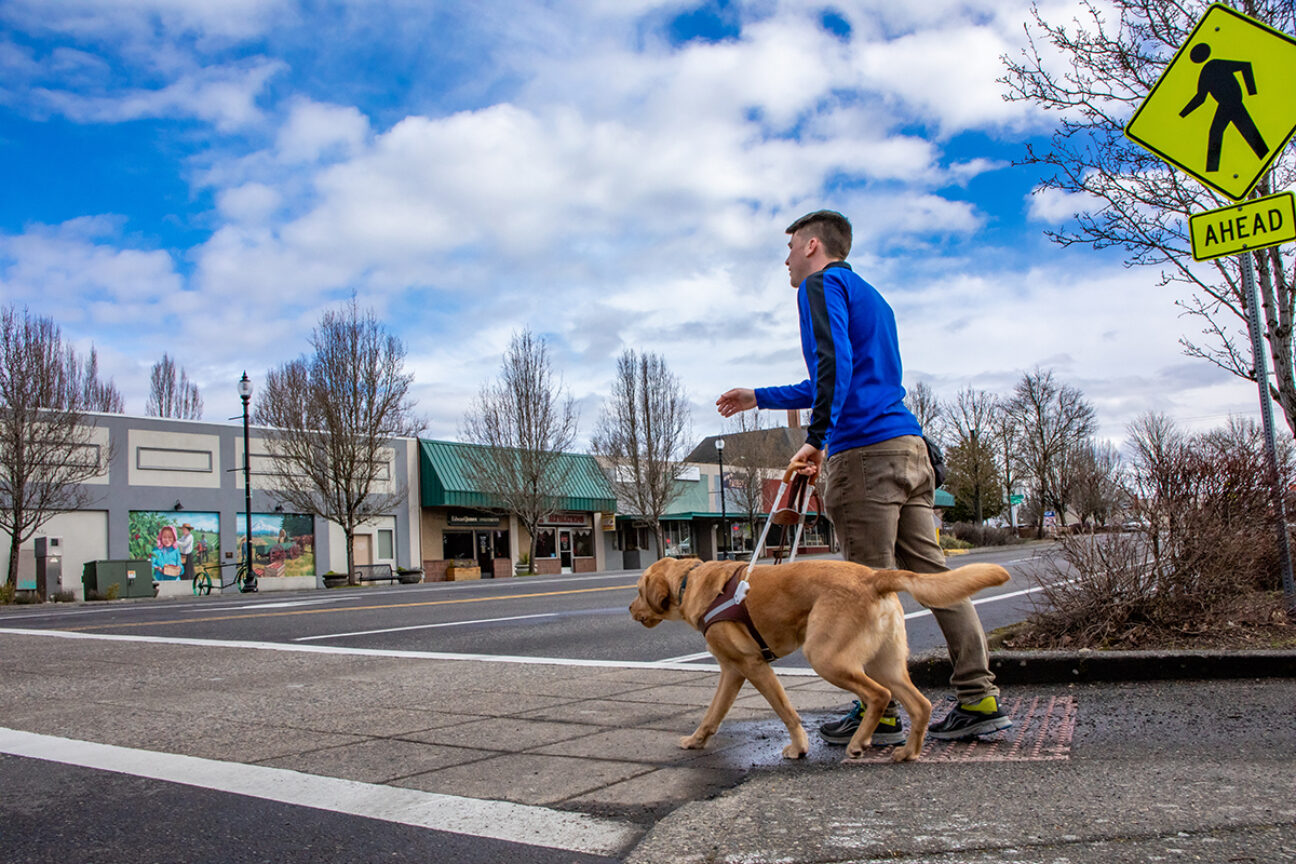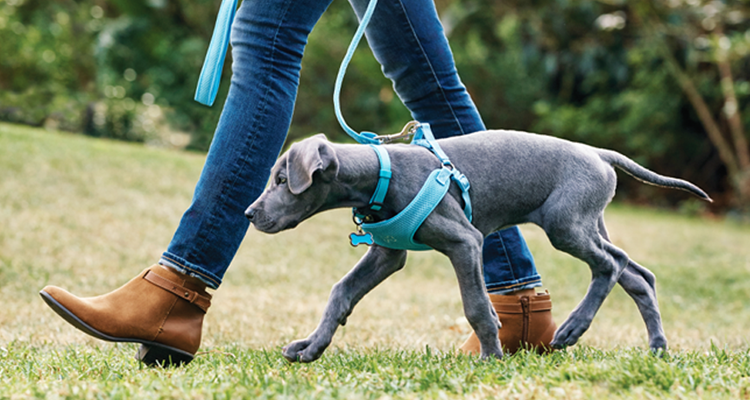Top Pet Dog Training Strategies Every Owner Need To Know

Positive Reinforcement Strategies
Making use of favorable support methods is necessary for reliable pet dog training, as it cultivates a trusting bond in between the trainer and the canine. This method concentrates on fulfilling preferable behaviors rather than penalizing undesirable ones, developing an atmosphere conducive to learning. Benefits can consist of treats, appreciation, or play, which encourage canines to duplicate the actions that gain them these benefits.

Moreover, this strategy enhances the pet dog's excitement for training sessions. When dogs connect training with favorable experiences, they are more engaged and responsive. Past instant therapy, positive reinforcement encourages a collective partnership between the dog and instructor, reducing stress and anxiety and anxiety
To maximize performance, it is crucial to deliver rewards quickly, guaranteeing the pet links the actions with the reinforcement. In significance, favorable support techniques not just produce better-trained pet dogs but likewise promote a harmonious partnership in between dog and owner.
Clicker Training Approach
The remote control training method is an extremely effective method that builds on the concepts of favorable support by including a distinct sound to mark preferred behaviors. This approach uses a little portable gadget that produces a clicking noise, enabling trainers to connect with their pet dogs in a clear and instant way. When a pet dog performs a behavior that the owner wishes to urge, the remote control is triggered, followed by a benefit, generally in the kind of deals with or appreciation.
The secret to effective clicker training exists in consistency and timing. It is crucial to click at the precise minute the preferred habits occurs, making sure that the pet dog associates the sound with the activity and the subsequent reward. This approach not just enhances communication yet likewise fosters a more powerful bond in between the owner and the pet, as it encourages involvement and interaction during training sessions.
Remote control training can be used to a range of commands and habits, from basic obedience to more complex methods. Its adaptability and effectiveness make it a popular method amongst expert trainers and animal owners alike, leading the way for a receptive and well-trained canine buddy.
Chain Training Essentials
Reliable chain training is crucial for making sure a safe and pleasurable walking experience for both canines and their proprietors. A level collar might function for some dogs, while others may benefit from a harness that minimizes pulling.
Introduce your pet to the leash slowly, permitting them to explore it in a comfortable atmosphere. Once they are accustomed, technique loose-leash walking. This includes satisfying your pet for strolling close to you as opposed to drawing in advance. Usage treats and praise to strengthen desired actions, and be sure to continue to be tranquil and assertive.
If your pet starts to pull, stop strolling right Read Full Report away. Furthermore, practice numerous strolling environments to aid your dog adjust to disturbances.
Normal practice will strengthen your pet dog's understanding of leash decorum. Keep in mind that chain training is a continuous process; patience and consistency will certainly yield the very best outcomes, promoting a positive experience for both you and your canine friend.
Socialization Approaches
Socialization is an important aspect of pet dog training that should ideally start during puppyhood yet can be valuable at any type of age. Reliable socializing helps pet dogs develop confidence and reduces the likelihood of behavior concerns. To execute effective socialization strategies, subject your dog to a variety of settings, people, and other animals.
Begin with regulated setups, such as pup courses or organized playgroups, where young pet dogs can connect securely. Progressively introduce your pet to brand-new experiences, including different sounds, surface areas, and activities. Ensure these experiences are gratifying and positive to establish a feeling of safety and security.
For grown-up pets or those lacking exposure, start with low-stress circumstances. Short, positive interactions with calm pets and friendly humans can produce positive associations. Make use of treats and praise to strengthen preferable actions throughout these experiences.
Uniformity and Patience
Acknowledging the relevance of uniformity and perseverance in dog training is important for accomplishing lasting outcomes. Inconsistent training can lead to complication, making it difficult for the canine to comprehend actions or commands, ultimately hindering progress.
Dogs, like humans, learn at their very own speed. This cultivates a relying on partnership in between the canine and owner, encouraging a much more ready and passionate student.
To cultivate uniformity and persistence, develop a routine training regular, make use of the same commands, and ensure that all family participants use learn the facts here now the exact same training principles - Dog training. By doing so, you produce a steady setting for discovering, enabling your canine to flourish and develop right into a well-behaved friend
Conclusion
Finally, reliable dog training methods, such as positive support, remote control training, and proper chain training, are vital for promoting a healthy owner-dog connection. In addition, executing socialization methods and maintaining uniformity and perseverance throughout the training process adds substantially to a canine's overall health. By incorporating these approaches, pet dog proprietors can facilitate the growth of well-adjusted, loyal animals, ultimately boosting the lifestyle for both the pet and the proprietor.
Among the most prominent techniques are favorable reinforcement, clicker training, view and chain training, each offering one-of-a-kind benefits that add to a well-behaved canine. As we explore these fundamental techniques, it comes to be obvious that grasping their subtleties can substantially affect the training experience and the pet dog's general actions.Using positive support methods is crucial for reliable pet training, as it fosters a trusting bond between the fitness instructor and the canine.In conclusion, effective canine training methods, such as favorable support, remote control training, and proper chain training, are essential for promoting a healthy owner-dog connection. By integrating these approaches, pet proprietors can help with the growth of well-adjusted, obedient family pets, eventually improving the quality of life for both the pet dog and the proprietor.